TOP STORY
Inside DPS
Press Release
Protecting Utah
DPS Definitions: Spontaneous Combustion
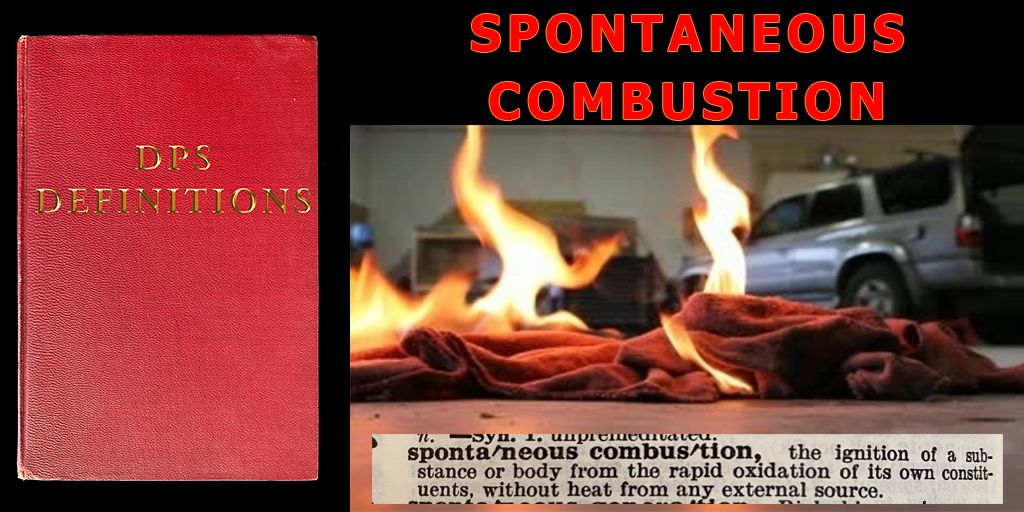
What is spontaneous combustion?
The ignition of a substance or body from the rapid oxidation of its own constituents, without heat from any external source.

Spontaneous combustion or spontaneous ignition, as it is often called, is the occurrence of fire without the application of an external heat source.
Due to chemical, biological, or physical processes, combustible materials self-heat to a temperature high enough for ignition to occur.
Think it can’t happen to you?
Think again.
An estimated 14,070 fires occur annually from spontaneous combustion.
National Fire Protection Association
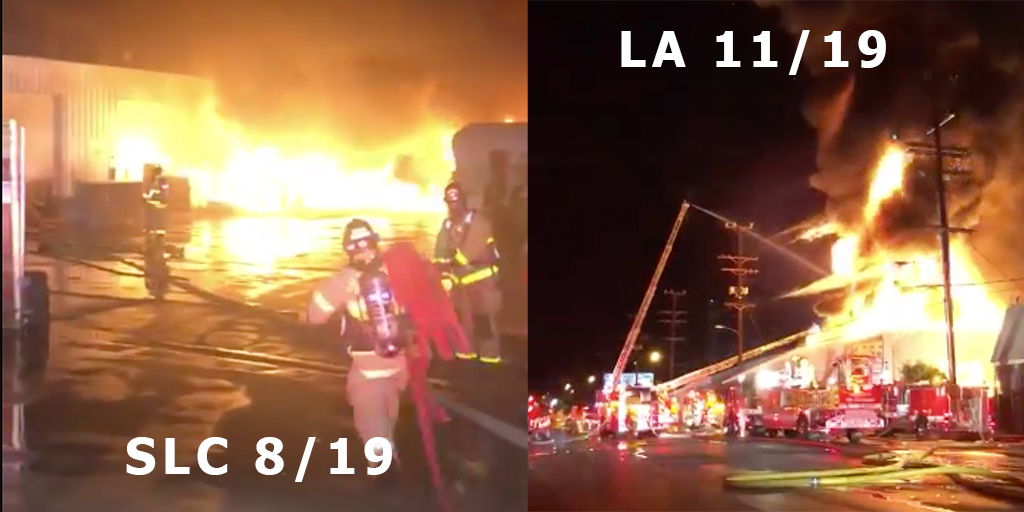
Below is video footage from a fire started by spontaneous combustion in SLC in August 2019.
Video footage as crews first arrived at this morning’s fire: pic.twitter.com/JV3YF7swAU
— Salt Lake City Fire Department (@slcfire) August 4, 2019
Los Angeles Fire Department firefighters battled a blaze in three adjacent commercial buildings in November 2019.
The fire was due to spontaneous combustion.
This is a sobering reminder to properly dispose of oily and chemical-soaked rags properly. Fortunately, no one was hurt during the Major Emergency fire.
A fire in West Haven in February 2020 was also caused by spontaneous combustion.
Read the National Fire Protection Association’s Face Sheet about spontaneous combustion fires.
How can you prevent spontaneous combustion fires?

The National Fire Protection Association has put together the following information to help you prevent spontaneous combustion fires.
Oil-based paints, stains, and varnishes are often used for home improvement projects. It is common to use rags to wipe up spills or clean brushes. But wet rags can ignite on their own. They can start a fire if not handled carefully. The same is true of the liquids themselves.
RAGS WET WITH PAINT AND STAIN
- Never leave cleaning rags in a pile. At the end of the day, take the rags outside to dry.
- Hang the rags outside or spread them on the ground. Weigh them down. Do this so they do not blow away. Make sure they are not in a pile. Keep them away from buildings.
- Put dried rags in a metal container. Make sure the cover is tight. Fill the container with a water and detergent solution. This will break down the oils.
- Keep containers of oily rags in a cool place. Keep them out of direct sunlight. Keep them away from other heat sources. Check with your town for information on disposing of them.
LIQUIDS THAT CAN CATCH FIRE
- Flammable and combustible liquids should not be used near an open flame.
- Do not smoke when working with these liquids.
- If you spill liquids on your clothing, remove your clothing and place it outside to dry. Once dry, clothing can be laundered.
- Keep liquids in their original containers. Keep them tightly capped or sealed. Never store the liquids in glass containers.
GASOLINE
- Use gasoline only as motor fuel. Never use it as a cleaner. Never use it to break down grease. Never bring gasoline indoors, even in small amounts.
- Store gasoline ONLY in a container that is sold for that purpose.
- Make sure the container is tightly capped when not in use. NEVER store gasoline containers in a basement or in the occupied space of a building. Keep them in an outbuilding, a detached garage, or a shed outdoors.

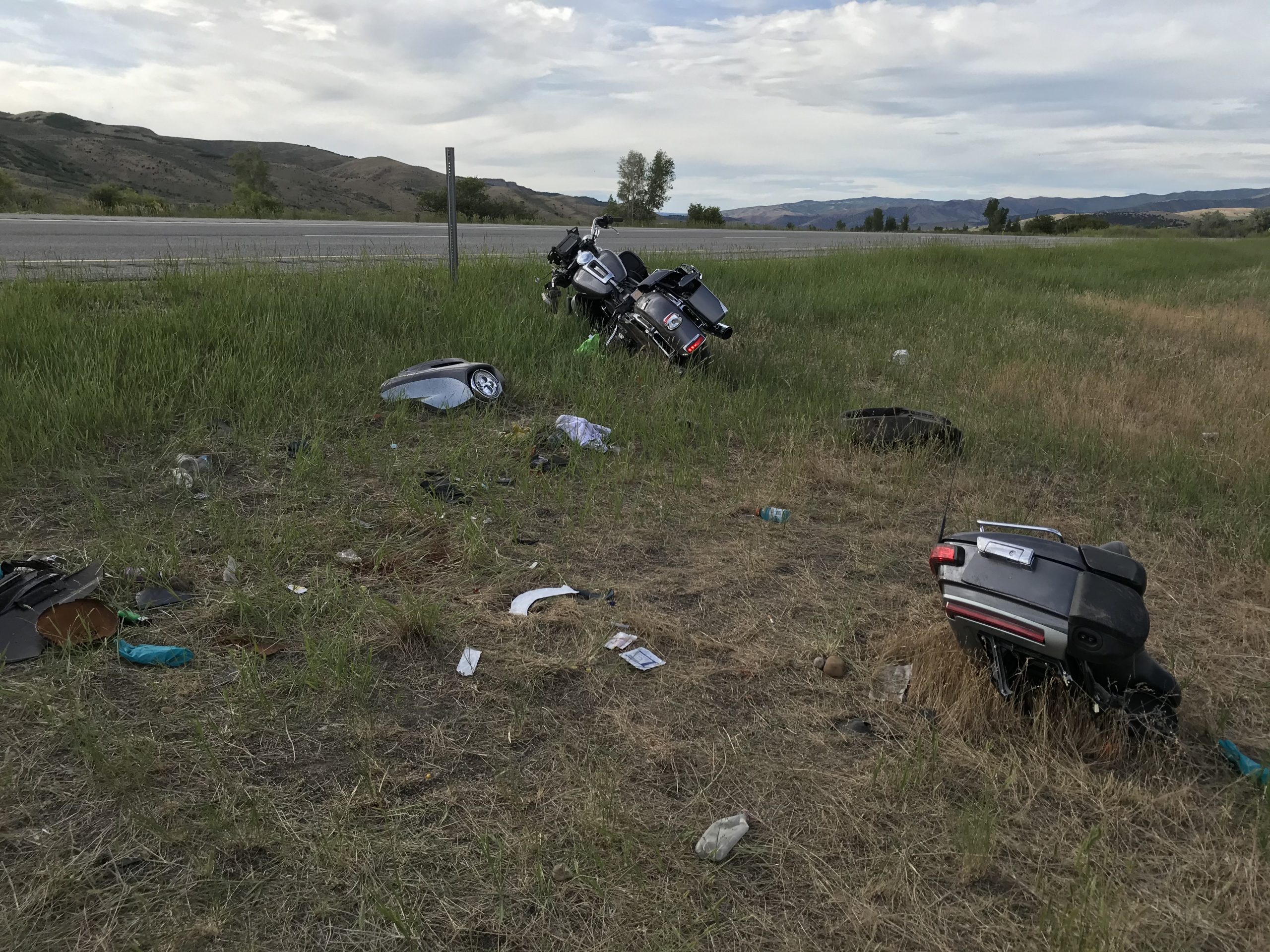
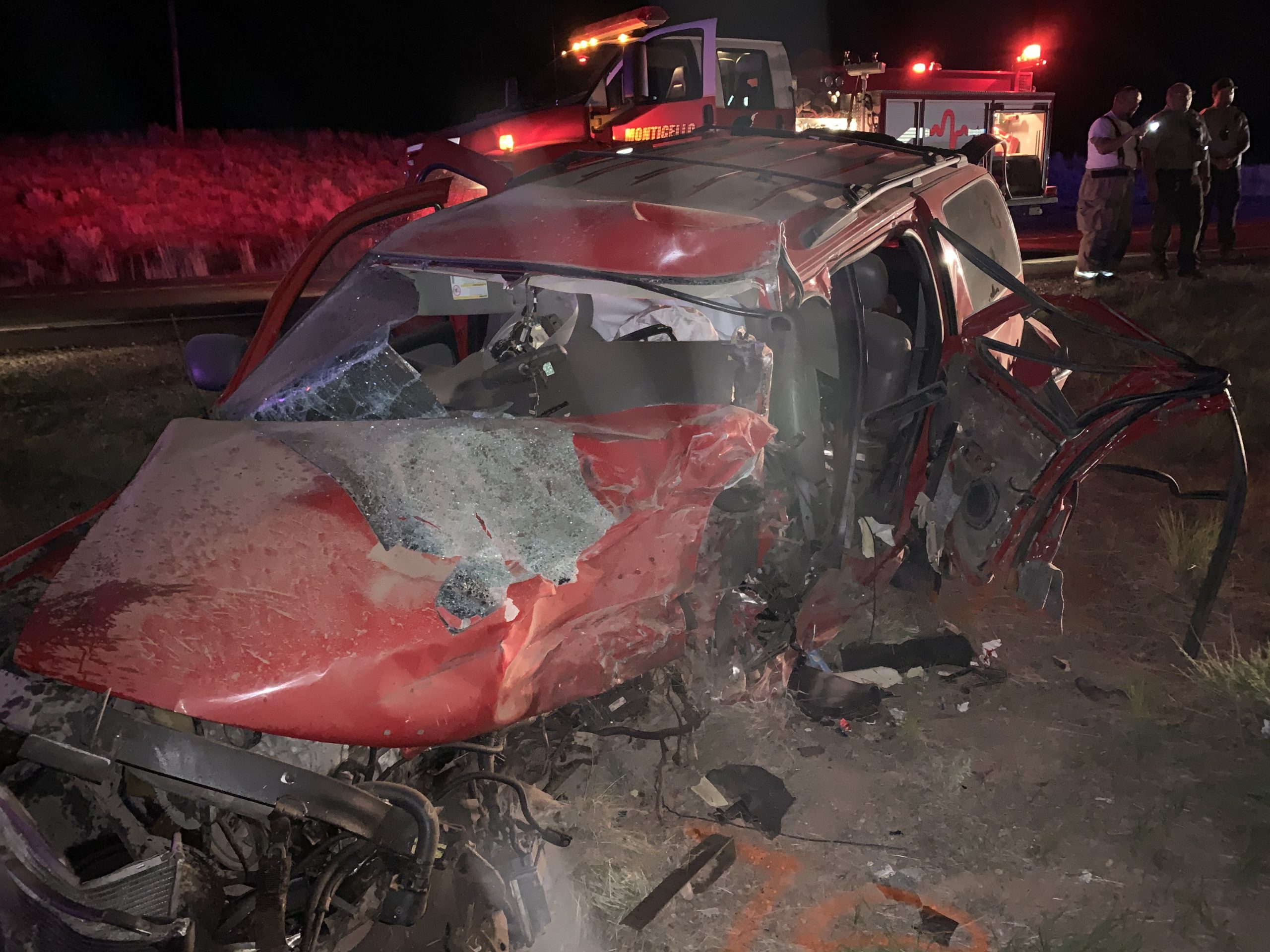


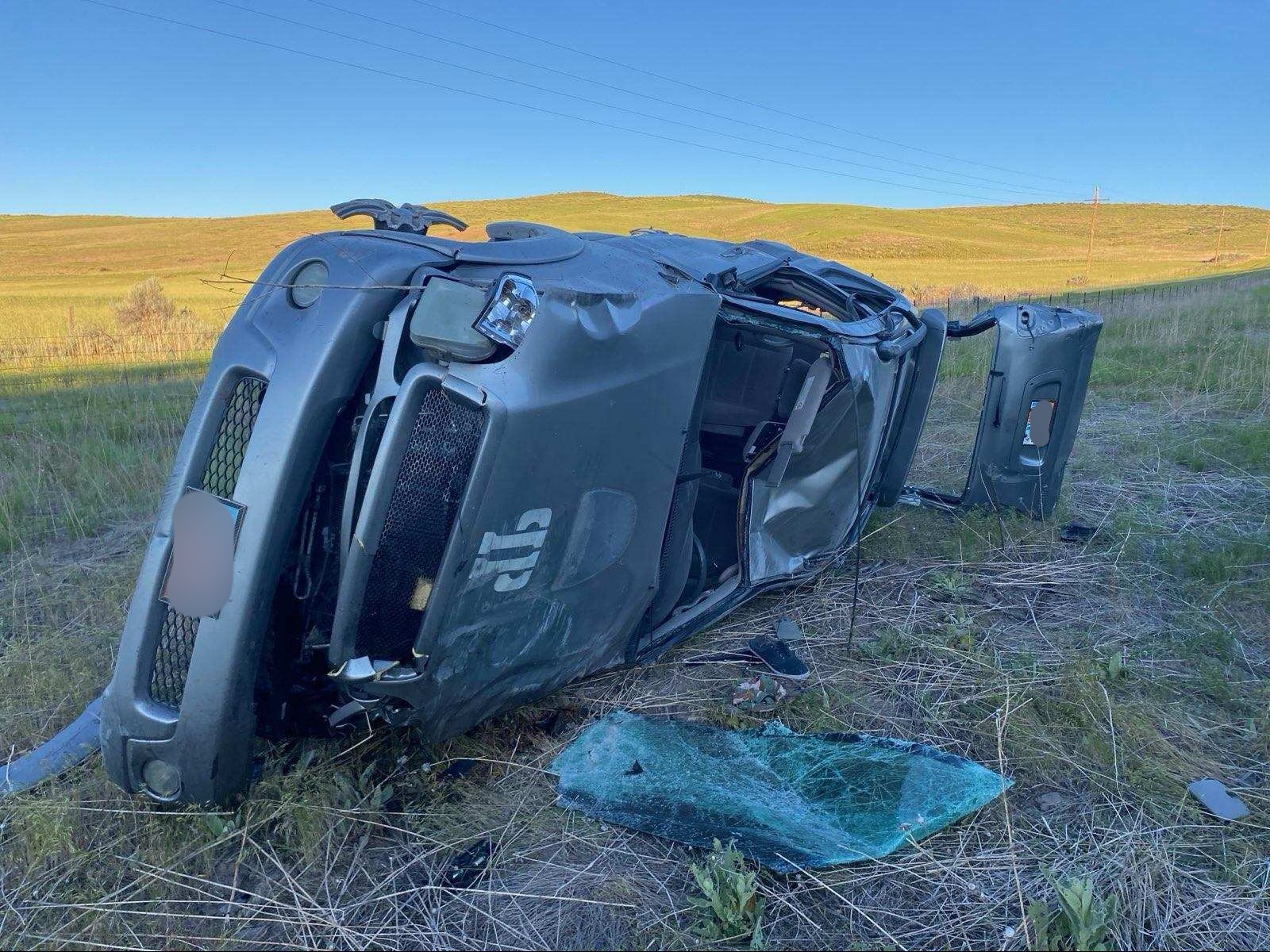
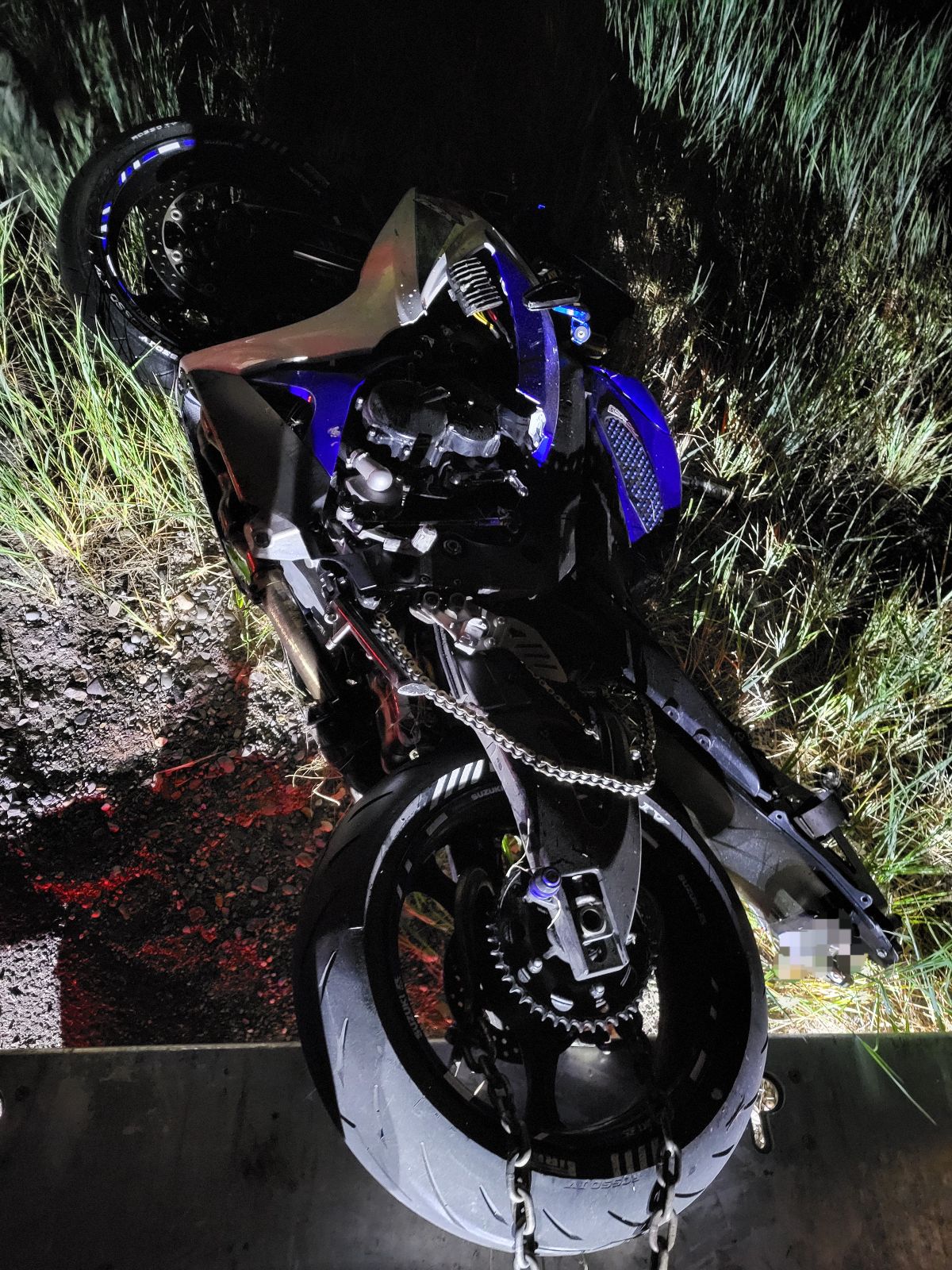
SHARE THIS STORY